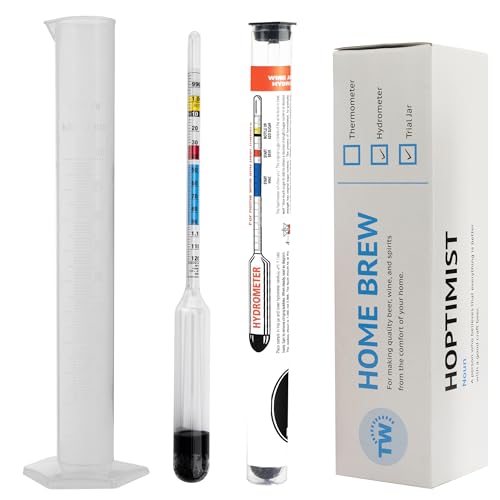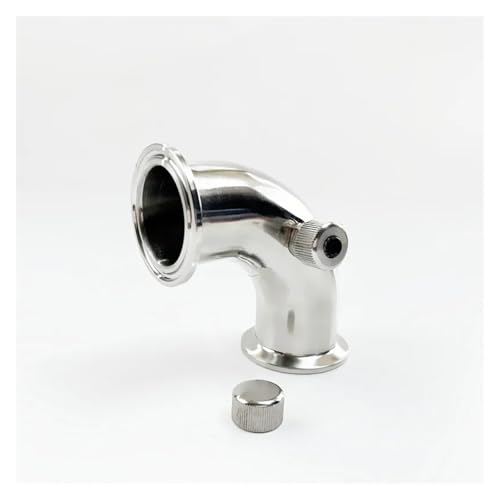- Joined
- Oct 23, 2013
- Messages
- 5,755
- Reaction score
- 2,764
I'm coming back to this thread yonks later, as I've read about water treatment, and I defo saw some notes saying there are things in some water profiles that CO2 can bind to, and then cause bottle gushers?
I think this might be what happened to me so many times. I've treated my water, added maybe 30g of priming sugar to the whole batch as I'm scared of more gushers ... the beer is too flat now. Only slight bit of fizz!
Could this have been the issue all along?
Yes.
There is a BIG difference between 'gushers', 'exploding with foam'
'went everywhere when I opened it'
And
'bottle exploding', 'bottle bombs','grenades'
Two completely different things.
Gushers are typically a mild infection, that makes the beer difficult to pour and you clear it up quickly with a cloth and then sit and have a smaller beer. Nothing to be scared of just a pita in the arse.
Bottle bombs are normally far too much priming sugar (over 5g per pint). These shatter the glass.
These make a fecking good mess somewhere that is defo not cleaned up quickly with a cloth and there often no beer left to sit and enjoy.
Two very different things.













































